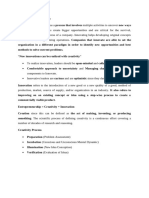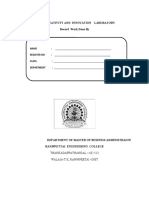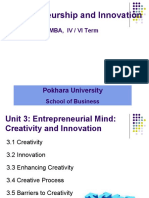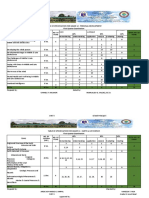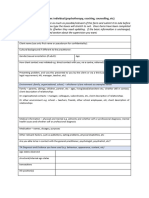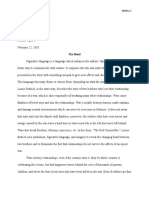0% found this document useful (0 votes)
10 views14 pagesModule 2 Notes
The document discusses innovation and creativity, defining innovation as the introduction of new ideas or improvements that create value. It outlines the characteristics, types, and importance of innovation, as well as the principles guiding the innovation process. Additionally, it explores the creativity process, emphasizing its significance in problem-solving and entrepreneurship, which drives economic growth and societal development.
Uploaded by
mruharshaCopyright
© © All Rights Reserved
We take content rights seriously. If you suspect this is your content, claim it here.
Available Formats
Download as PDF, TXT or read online on Scribd
0% found this document useful (0 votes)
10 views14 pagesModule 2 Notes
The document discusses innovation and creativity, defining innovation as the introduction of new ideas or improvements that create value. It outlines the characteristics, types, and importance of innovation, as well as the principles guiding the innovation process. Additionally, it explores the creativity process, emphasizing its significance in problem-solving and entrepreneurship, which drives economic growth and societal development.
Uploaded by
mruharshaCopyright
© © All Rights Reserved
We take content rights seriously. If you suspect this is your content, claim it here.
Available Formats
Download as PDF, TXT or read online on Scribd
/ 14













